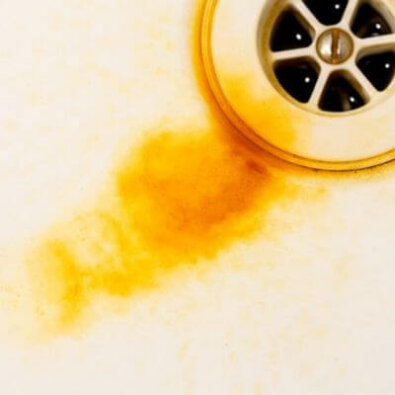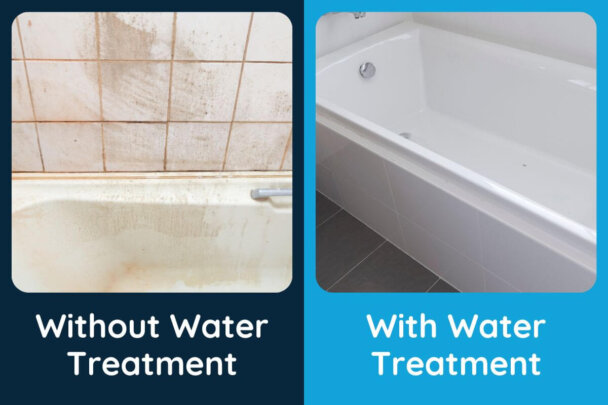Do you keep noticing red stains in the shower from your water? If so, then you’ve probably also encountered red residue in your bathtub, sink, toilet and other water-using appliances.
Where are these unsightly red blemishes coming from? In this post, we’ll tell you everything you need to know about this problem and how to solve it.
Keep reading to learn:
- The potential causes of red residue from water
- The health risks associated with these causes
- How to get rid of red stains from water
- How Angel Water can help you keep these stains gone



